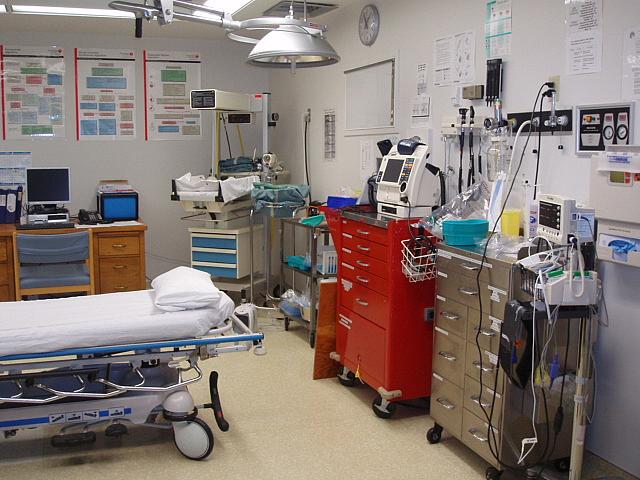Calif. healthcare providers call off vertical merger amid rising scrutiny
Staff writer Alex Kacik wrote this story while participating in the USC Center for Health Journalism’s California Fellowship.
Other stories in the series include:
Santa Barbara merger could drive up region's cost of health care
Cost concerns hold up health care merger in Santa Barbara, Calif.

Santa Barbara, Calif.-based healthcare providers Cottage Health and Sansum Clinic called off their proposed merger after fighting regulatory concerns for years, signaling regulators' increasingly critical stance on vertical integrations.
The nonprofit healthcare providers announced their plans to merge in 2013, aiming to join Cottage Health's three-hospital system with Sansum's 23 ambulatory clinics and the only medical foundation in the region.
Cottage, which operates the only hospitals in south Santa Barbara County and the Santa Ynez Valley, sold off an ambulatory surgery center to alleviate the Federal Trade Commission's concerns over the deal. But it was evidently not enough.
"While we are disappointed that we are unable to move forward with a formal affiliation after years of working with the FTC toward this goal, together we are committed to ongoing collaborations and partnerships to improve the health of our community," Cottage Health president and CEO Ron Werft and Sansum Clinic CEO and chief medical officer Dr. Kurt Ransohoff said in a statement.
The systems' executives said they could better control costs by consolidating administrative services and integrating care, translating to lower healthcare costs overall. Critics were concerned that the merger would increase the clout of the providers in an already concentrated market and lead to higher healthcare costs.
A handful of other mergers, including the one proposed by Advocate Health Care and NorthShore University HealthSystem in the Chicago area, have been recently challenged by antitrust regulators who say consolidation has led to higher healthcare costs and lower quality of care.
Earlier this month, a federal court approved the divestiture of Saltzer Medical Group from Idaho-based St. Luke's Health System. The merger of the nonprofit providers, initially approved in 2012, combined the six-hospital St. Luke's with the 44-physician Saltzer Medical.
The FTC filed a complaint in 2013 that claimed it would've left the combined provider with about 60% market share of primary care physicians in Nampa, Idaho, the state's second largest city.
"The combination of St. Luke's and Saltzer would have given the merged hospital system the market power to demand higher rates for healthcare services, ultimately leading to higher costs for both employers and consumers," then-FTC chairwoman Edith Ramirez said in a Jan. 2014 statement.
One of the most important recent trends in U.S. healthcare is hospital acquisition of physician practices, according to a 2015 Northwestern University study.
The Northwestern-led study found that physician prices increase nearly 14% post-integration and about a quarter of the increase can be attributed to the exploitation of contracting provisions that allow billing of services at generally higher hospital rates.
Vertical acquisitions can deliver good outcomes at an effective cost, but they can also lead to more "inappropriate referrals" and increased bargaining power, which could all drive up cost, research shows.
"The more important question is how the FTC should address certain vertical acquisitions and other troublesome conduct by current monopolists," Duke University law professor Barak Richman said in a Q&A with the Association of Health Care Journalists. "This is important because the current policy challenge is not just how to stop additional mergers, but also how to police the monopolies that past merger waves created. Antitrust law is less suited to deal with these challenges."
Without effective competition, hospitals can secure higher price concessions in their negotiations with insurers, according to a white paper by the Center for Health Policy at the Brookings Institution and Carnegie Mellon University's Heinz College published last month. Hospitals with fewer than four local competitors are estimated to have prices nearly 16% higher on average—a difference of nearly $2,000 per admission, researchers found.
Prices across the U.S. healthcare industry are high and vary in seemingly incoherent ways, yet quality of care is uneven while the industry lacks the innovation seen in other sectors of the economy, researchers said.
"The dearth of competition in our healthcare markets is the key reason for this dysfunction," the paper reads.
[This story was originally published by Modern Healthcare.]
[Photo credit via Flickr.]

